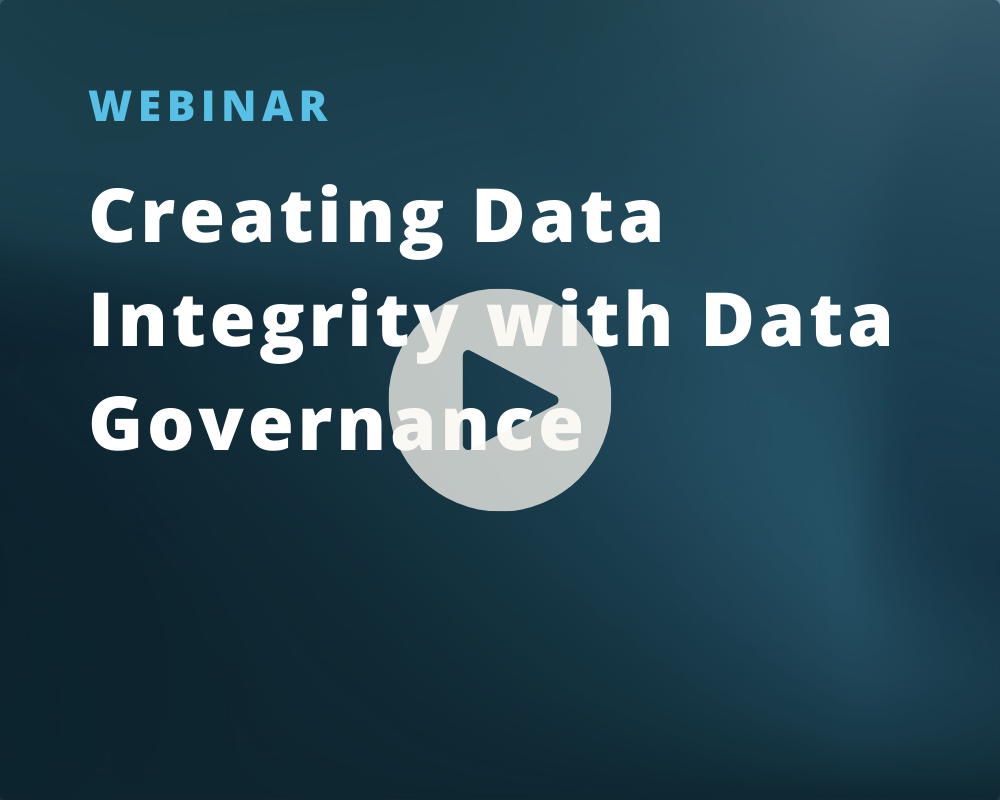Moving data to cloud warehouses and adopting cloud technology is no longer an aspirational goal, but a necessary practice across the financial industry. A cloud migration is essential to maximize data and workflow efficiency and keep pace with your peers. Cloud technology remains one of the top priorities for banks and financial firms with recent surveys showing 55% of data management technology spend devoted to the cloud1.
Although the technology is far from new, many large asset managers continue to struggle to move data workloads to cloud platforms. In the last year, there has been increased pressure to accelerate cloud migrations to eliminate costly on-prem systems and to modernize technology stacks to ready data for AI.
At Continuus, we believe a cloud migration project doesn’t have to be daunting and can be done efficiently and quickly. We focus on three core components in every cloud migration project to provide maximum value to our clients.
1. Minimize Assumptions to Decrease Risk
When Continuus consultants engage with a client to help support their cloud migration, we work within the framework and development style of that client. Each project is unique and presents challenges, but on any project, assumptions equal risk. Projects can and will fail without a transparent list of facts about the project scope. Road mapping, project inception planning, and asking focused questions are all ways Continuus minimizes risk.
“It’s important to set reasonable expectations and avoid ambiguous discussions. We can deliver anything with an unlimited budget and time, but that’s never the environment we’re working in. To deliver maximum value to every client, our consultants are skilled at minimizing project assumptions to get tangible results delivered quickly.”
- Andy Leichtle, Continuus COO
Examples of questions we always ask as starting points that are simple but yield a lot of value include: “Why are we here?” “What is NOT in scope?” “What risks can we control, what is out of our control?”
This level sets the project and ensures the team is focused on the same outcome and an agreed-upon set of deliverables. These questions are asked not only at project kick-off, but they are a key part of how we check in regularly to make sure we’re on track to meet deadlines and manage changes in scope. Transparency is in our culture at Continuus and we bring that to the forefront of every engagement with our clients.
2. Demonstrate Value Incrementally and Consistently
Cloud migration projects are not a one-size-fits-all venture. Some clients want to move 50% of workloads to the cloud while others want to eliminate their on-prem system altogether. No matter how much or how little data you’re moving, it’s imperative to show value to the business in phased releases. Sometimes smaller deliverables are called “quick wins,” which can garner a negative connotation, but we see quick wins as progress toward the finish line.
Kevin Mellott, a Principal Data Consultant at Continuus and SnowPro Advanced Architect, understands exactly how much easier it is to show value once you dive in and get a cloud project started. A lot of work at Continuus focuses on Snowflake, and Kevin says, “Legacy on-prem systems require a ton of expertise and time spent to manage and maintain systems due to nuanced security and auditing aspects. Many of these challenges are solved for you by cloud vendors as soon as you stand up the platform. Spinning up a Snowflake environment and leveraging vendor data shares is a great place to start.”
“Finding a use case that enables you to get data into the hands of an analyst and business user will immediately add value and allow them to make more informed, efficient decisions and is a great starting point.”
- Matt Moeser, Continuus Founder and CEO
If you approach a cloud migration project by trying to solve the toughest challenge out of the box, it may take six or more months before the actual data engineering work starts. It’s important to tackle specific, sometimes smaller, workflow challenges from start to finish, allowing the project team to learn and develop a base of knowledge for future more challenging problems, and results in a real workflow problem solved.
3. Make Data Governance a Core Component of the Project
A cloud migration project is not a technology project. Data governance measures rose 70 to 100% over the last year according to Snowflake2. This trend is exactly in line with what we’re seeing in the industry. More clients are Leveraging our Data Strategy and Governance expertise and making this a core component of their migration to the cloud.
Moeser has found: “When firms aren’t making Data Governance part of their cloud migration project, the projects fail 100% of the time. It's a huge red flag to me when we talk to firms and they want to invest in data and in modernizing their platforms, but they are not talking about data governance at all. The business understands the data, they own it, they need to be involved and responsible for it, and should be engaged in the project.”
When it comes to cloud migrations, focusing only on the technology side and excluding overall data strategy and governance as part of the project, is a mistake. You will result in gaining a new technology but will still suffer from data silos. Thinking broadly and involving multiple business units in the project is when we see firms able to achieve success and unlock operational alpha.
No matter where you are in your migration to the cloud, Continuus will help you achieve success. Continuus discusses more about how to modernize your data management and how we can help in our Cloud Migration webinar. Check out the on-demand webinar to learn about best practices for migrating processes to Snowflake, the evolution of enterprise data models, and how to measure the ROI of cloud migration projects. You can also reach out to discuss your cloud migration by emailing sales@continuus-technologies.com, to get started today.
Sources
1 The State of FinOps for Data and Analytics Published 19 October 2023 - ID G00797552 | At the end of 2022, 55% of the revenue in the $91 billion DBMS market was cloud revenue (see Forecast Analysis: Database Management Systems, Worldwide).
2 Data Trends 2024: Financial Services - Snowflake | In general, the use of data governance measures rose 70%–100% in the last year.




